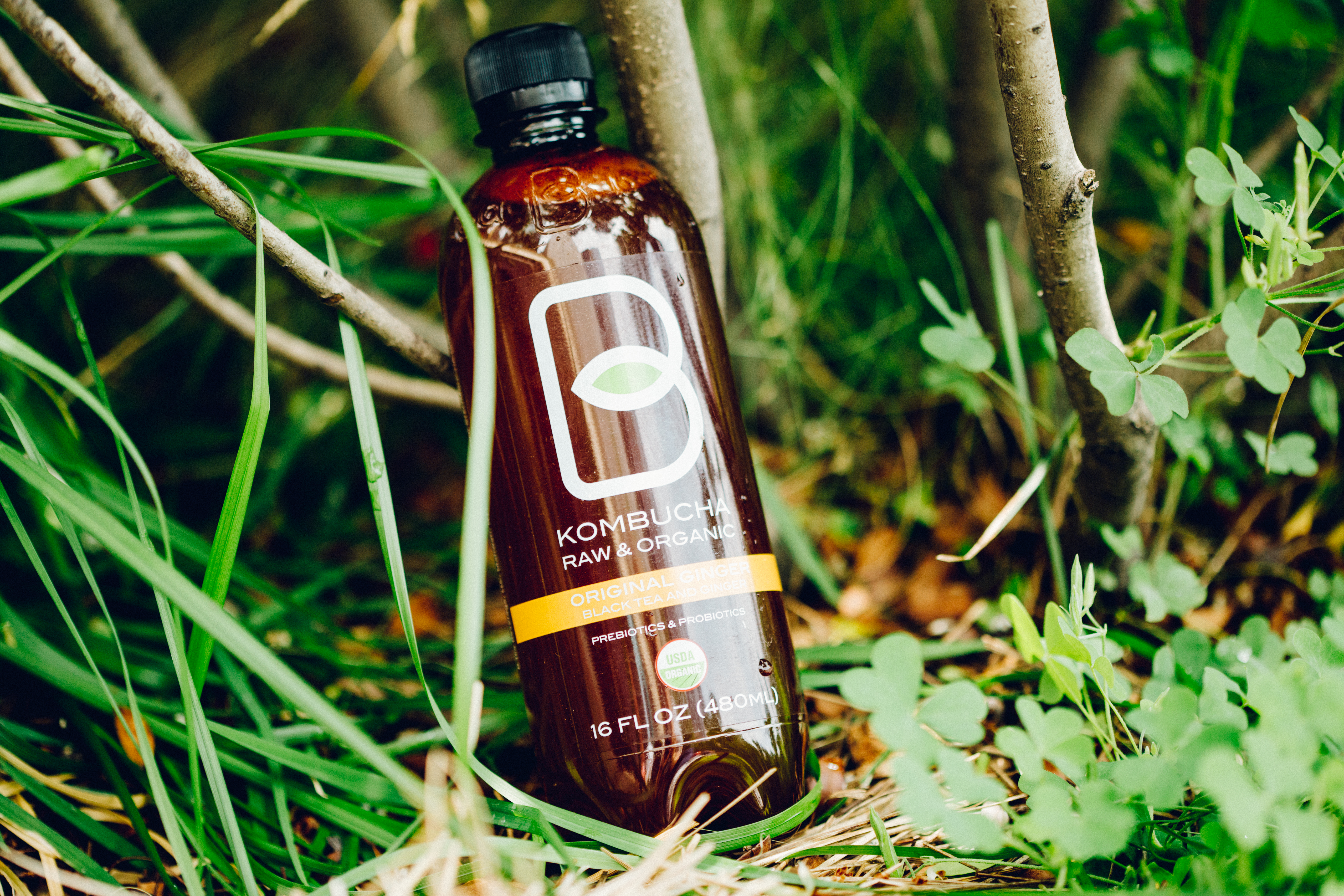Ask 10 people where Kombucha came from, and you might get 10 different answers. Well, 9 people might say “What is Kombucha?” But 10 Kombucha fans, now they might all give you different answers. Perhaps it is appropriate that we do not know for sure what were the true origins of Kombucha. We know that Kombucha has been around for centuries, probably a few millennia. There are a couple of different stories about how Kombucha came into being.
One such story is that it was invented in the Qin Dynasty (220BC) for the Emperor Qinshi Huangdi. The Chinese are famed for their quest for all manner of longevity elixirs. From Kombucha to Chinese medicine, the Chinese have always looked to nature to cure what ails them. At that time it was called “The Tea of Immortality.” Chá (茶) is the Chinese word for tea. In China, Kombucha has been called “Sea Treasure” (海寶), “Stomach Treasure” (胃寶) and “Sea Mushroom”(海蘑菇). Today, it goes by the names hongchajun 红茶菌 (literally “red tea bacteria/fungus/yeast”), hongchagu 红茶菇 (“red tea mushroom”), or chameijun 茶霉菌 (“tea mold”). During the Cultural Revolution, every household had a pot of Kombucha brewing, but it has fallen out of the daily routine of the modern Chinese lifestyle.
“So where does the Kombu part come in? Isn’t that a seaweed?”
According to another story, Dr. Kombu, a Korean doctor, brought it to the Japanese Emperor Inyoko in 414 AD. Samurai, the warriors of ancient Japan, was said to carry it in their wine skins as it gave them energy in battle. This explanation for Kombucha’s name has always seemed a little too convenient to me, but perhaps it is the stuff of legends. The evidence of links to ancient China is compelling.
Others write that a fermented, vinegary beverage filled the travel flasks of Genghis Khan and his armies. Genghis Khan’s traveling armies are also credited with inventing BBQ. And 1/6 of all people in the world are likely descended from Genghis himself. So Genghis Khan has pretty much affected everyone on earth. Nice.
From Asia, it traveled via the Silk Road to Russia and consequently all of Europe. The most definite recorded history of kombucha began in Ukraine and Russia during the late 19th century. In Russian, the kombucha culture is called čajnyj grib (literally “tea mushroom”), while the beverage itself is known as grib (“mushroom” or affectionately gribok – “little mushroom”) or “tea kvass” and was attributed to saving Nobel Prize winner Alexsander Solzhenitsyn’s life while in exile in Siberia.
Kombucha was very popular in Russia and Europe until World War II, when sugar and tea were rationed, making them too hard to come by for the average family. Being as they are the most important ingredients, it is easy to understand why the practice was lost. Fortunately, enough preserved the tradition, and after the war, it enjoyed a brief resurgence among the Italian elite, then began it’s ascent again through Eastern Europe.
In the 1960’s, Swiss research confirmed the health benefits of drinking kombucha, providing another boost to its popularity. In Japan, kombucha goes by the name “kōcha kinoko” (“red tea mushroom”). Do not confuse it with the “Seaweed Tea” also called kombucha in Japanese.
More recent first-hand Russian stories involve residents in towns near the Chernobyl meltdown of the 1980’s. As the horrific radiation exposure ravaged the victims over the weeks and months following the accident, doctors and scientists noticed a group of people seemingly resistant to the effects, many of whom were elderly women. When traced back, the common thread turned out to be that those who consumed Kombucha regularly survived the radiation.
Over the last few decades, Kombucha has enjoyed a revival in Europe and has become popular in both Australia and the United States, especially since 2000. Although health scares occasionally occur, there is little or no direct evidence proving that Kombucha is the cause of any illness; more often sloppy brewing techniques or improper brewing vessels (i.e. lead, plastic, etc.) are to blame.
Clearly, more research needs to be carried out on many topics concerning Kombucha, but due to its inability to be patented and controlled by pharmaceutical companies, little money is available for this kind of wide-scale research and clinical trials. However, there is a body of research being cobbled together all over the world.
A Rose By Any Other Name…
Here is a list of some of the names that Kombucha has been called throughout the centuries:
- Champagne of Life
- T’chai from the Sea
- The Remedy of Immortality
- Kombucha Fungus
- Gout Jelly-fish
- Hongo
- Tea Mould
- Indian Tea Fungus
- Japanese Tea Fungus
- Kambotscha
- Koucha kinoko
- Volga Fungus
- Manchurian Tea
- Champignon de Longue Vie
Have you heard of other names for Kombucha not listed here?
Anything that is known by so many different names and passed down by so many different cultures must be worth investigating. Try it for yourself. We are not separate from nature. Without helpful bacteria and other microorganisms, we cannot survive. In our modern culture, it is easy to believe that we control nature because of our air conditioners, cars, and homes. However, by ingesting Kombucha, you are actively acknowledging that you live in symbiosis with other living beings. This is the natural state of the world.
